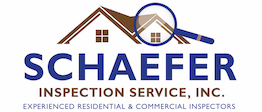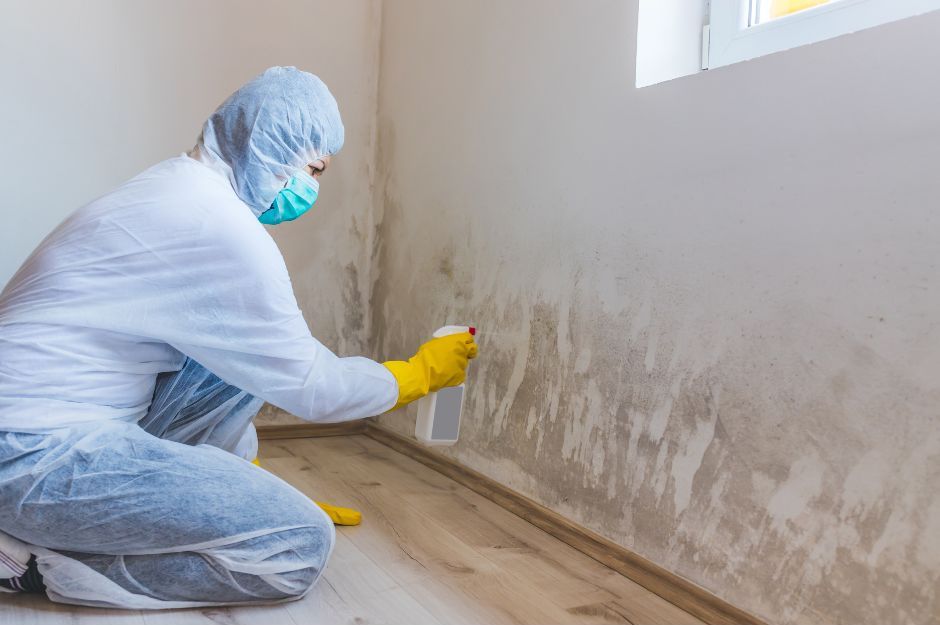Got Mold?
Perhaps mold is a concern because you are purchasing a home and your inspection is soon, or maybe you suspect the presence of mold in your current home. Mold spores are present everywhere we live and breathe. Mold spores enter our homes through open windows, our shoes from outside, or items we bring inside. It is likely that most homes will test positive for mold spores in the air. The real concern should be mold that is growing in homes due to moisture that is not well-controlled. Should you test for mold? Consider your reason to test. Are there health, allergy, or respiratory issues that are creating concern? Some people will react to mold in their environment and others will not. The Connecticut Department of Public Health does not strongly recommend testing the air or contaminated surfaces to find out how much or what kind of mold is present. All reliable sources recommend cleaning and removal, after stemming the source of moisture. There are inconclusive findings from air testing in most home and work place environments:
- Mold is everywhere– if you test the air, you will find some mold.
- There are no standards for “acceptable levels” of mold in indoor environments, because different types of mold vary in ability to produce allergy or illness, and, people vary in individual susceptibility/resistance.
- There is poor correlation between airborne concentrations of mold and health outcomes.
- Knowing air test results will not change the abatement outcome – controlling moisture and removal of the moldy source is still the recommended course of action.
The most important tests are the eyeball and nose tests – can you see or smell mold or mildew, and/or, do you see evidence of water damage? If you can see or smell fungal growth, the next step is to identify the source and then remove it, using appropriate methods. If you smell a musty odor but cannot see visible growth, mold may be hidden behind wallpaper, paint, inside of wall cavities, etc. If necessary contact a local professional to discuss and price abatement. It is always important to get several opinions and prices. Schaefer Inspection Service has a list of mold abatement contacts and we can help connect you with a specialist.
The good news is you can take some simple and easy steps to prevent mold in your home. These include:
- When water leaks occur, act quickly!
- Remove wet carpet or furniture that cannot be dried within 24 – 48 hours.
- Do not install carpet in areas of water usage such as bathrooms, kitchens, and basements.
- If you see condensation or moisture collecting on windows, walls or pipes, act fast to dry the wet surface and reduce the moisture or water source.
- Use air conditioners or dehumidifiers to keep humidity low.
- Use a bathroom exhaust fan or open a window when showering.
- Dry shower walls after use.
- When cooking or using the dishwasher, use an exhaust fan or open the window.
- Keep furniture and rugs from blocking air returns and vents.
- Clean and repair gutters regularly to ensure good drainage.
- Keep the crawlspace and basement well ventilated.
- Ensure that your attic is properly ventilated and insulated.
Below you will find links to the Connecticut Department of Public Health website for more information about mold, mold assessment, and abatement. Schaefer Inspection Service can connect you with a mold abatement specialist in Connecticut. Call our office for more information: 800-345-2776.
Mold Guidance for The Real Estate, Banking, And Insurance Communities


